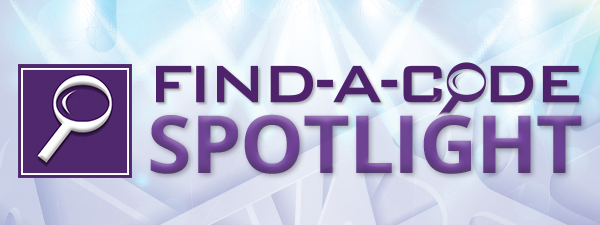 Let's Talk High Risk E/M ServicesBy Aimee Wilcox, CPMA, CCS-P, CMHP, CST, MA, MT
March 21, 2019 Have you ever assigned a high-complexity E/M code (e.g., 99205, 99215, 99223, 99233, 99245, etc.) and wondered if it would stand up to further scrutiny? Well, let’s take a closer look at the requirements for reporting high-level E/M services. Both the American Medical Association and Medicare-published E/M Guidelines agree that a high level of complexity and medical necessity must be supported in the medical record to report a high-level E/M service. This may be accomplished in one of two ways:
Component Scoring Component scoring requirements for a new patient (NP) differs from those of an established patient (EP), in that NPs require criteria from all three key components to be met while only two of the three must be met for an EP. Both, however, require the same high-level medical necessity. Component requirements include:
Find-A-Code subscribers can see the details of what is required in component scoring by using our E/M Calculator. Nonsubscribers can also use the E/M Calculator by signing up for a free trial, which will allow you to use the many fabulous tools available to you for 28 days, without any additional obligation to purchase. Time Determining the highest level of E/M based on time depends on the E/M category the service falls into and medical necessity. Determining the E/M level based on time requires the provider document the total face-to-face time spent counseling and coordinating care with the patient, a summary of what was counseled and coordinated, and specifying that more than 50% of the total face-to-face time spent with the provider was actually used for counseling and coordinating this care. Some examples of what might be considered high-complexity could include (but are not limited to):
As you can see by the information provided, when considering assignation of a high-complexity E/M service, the documentation really needs to paint a picture of a patient who is in a serious situation with their health due to acutely severe or chronically exacerbated conditions. Medical Necessity The other half of MDM and Time is identifying whether or not the documentation supports medical necessity. It may seem as if medical necessity is difficult to assess, and in some cases, it may very well be; however, once again, the Table of Risk helps to clarify what patient conditions or circumstances not only warrant a high level of E/M service but also support it. Providers can always improve their documentation, especially when it comes to reporting high-level E/M services, by including the specific risks to the patient (not all patients, but the particular patient for whom they are making medical decisions). Also, including any complicating factors, like comorbidities currently exacerbating the problem or complicating decision making for this encounter, why urgent or complex treatment is required, and of course, if surgery is needed promptly, why and the risk to the patient by undergoing surgery or opting to postpone it help to establish medical necessity. Documenting the details allow reviewers to quickly identify medical necessity for the decision making taking place and the high-level E/M service being reported. share
More Items in March 2019
To view more items select a month from our "Items by Month" list. |
2021 - View 2020 - View 2019 - View 2018 - View 2017 - View 2016 - View 2015 - View 2014 - View 2013 - View 2012 - View 2011 - View 2010 - View 2009 - View 2008 - View |
Thank you for choosing Find-A-Code, please Sign In to remove ads.

 Quick, Current, Complete - www.findacode.com
Quick, Current, Complete - www.findacode.com